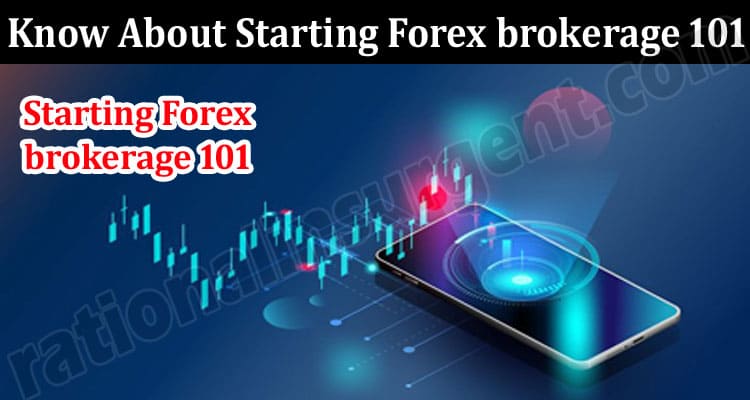In the past 5 years, the forex market has generated over $5 trillion in turnover, becoming a preferred investing outlet as it is not hindered by market volatility. Yet before launching a forex exchange, business owners should be prepared for every possible scenario. This article offers you an in-depth overview of what’s required to start a Forex brokerage business.
Marketing and allocation of funds
Start your forex business venture by analyzing the entire market to ensure your solution can provide value to your potential user segment. Begin by studying your competitors and create a plan that defines the age, location, and income that ultimately affect your market status. Then, continue by deciding on the intended budget you want to allocate for all brokerage operations as it will impact your plans.
Registration and licensing
Every forex exchange must have a license to be legally operational, and thanks to the growth of digital technologies, brokers can operate from anywhere. However, obtaining a top-tier license in countries like the United States, Switzerland, United Kingdom, or Australia helps businesses have a higher reputation and attract higher capital investors. For example, an EU license can range between $70,000 and $1.2 million, while a US license requires an equity influx of $20 million. Another option is off-shore licenses that are more affordable yet come with limitations.
Payment solutions
Having a wide range of payment methods allows brokers to attract new users. The main focus in the initial stages should be on ensuring every possible deposit and payment method is available and partnering with services mostly used in your region of operation. Implement a strict KYC/AML to ensure users’ funds are secured. Leaking or losing data could spell the demise of your exchange.
Building the software infrastructure
Platform development must focus on mandatory actions such as a trader’s room and the trading platform. In the trader’s room, users can access their account history, deposits, withdrawals, or invest in PAMM. On the other hand, the trading platform allows users to interact with the product by placing buy/sell orders. In addition, the platform should have an intuitive UI design that will enable users to navigate the platform better to maximize its potential.
Optionally, brokers can bridge other liquidity providers to maximize their market depth and also offer PAMM modules to leverage expert knowledge for your own gains.
Defining a business model
The platform’s business model defines how your broker exchange will operate. For example, the B-book model entails brokers acting as market makers and providing prices for certain asset pairs. Furthermore, the A-book model allows brokers to act as intermediaries and use liquidity providers for order execution. Finally, the hybrid model will enable brokers to execute profitable orders in the A-model while less profitable ones in the B-model.
Liquidity providers
In an A-book model, brokers can connect to a single Tier 1 provider – however, this entails they’re going to be dependent on a single company. The second option allows brokers to use software that aggregates liquidity from multiple providers. Thus, the latter offers brokers more order distribution flexibility.
offers a turnkey solution that allows brokers to launch a forex exchange with ease and without incurring high development costs.


